
What are the advantages of a monitor next to your laptop screen?
Why choose a monitor next to your laptop?
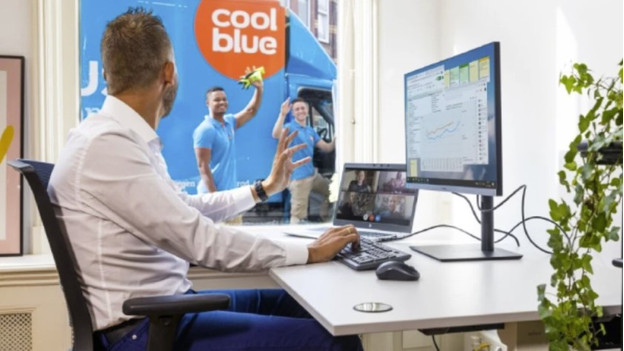
When you connect a laptop to a monitor, it'll pretty much change into a small desktop. You'll have more screen space for work or a game, you can multitask more easily, and create an ergonomic sitting posture while working. You also prevent neck and back complaints after a long working day. A better layout of your tabs and windows ensure a clearer overview of your work. In addition, a monitor is easy to connect. You can often connect it via an HDMI or USB-C cable. In short, it offers more convenience.
What are the most important advantages?
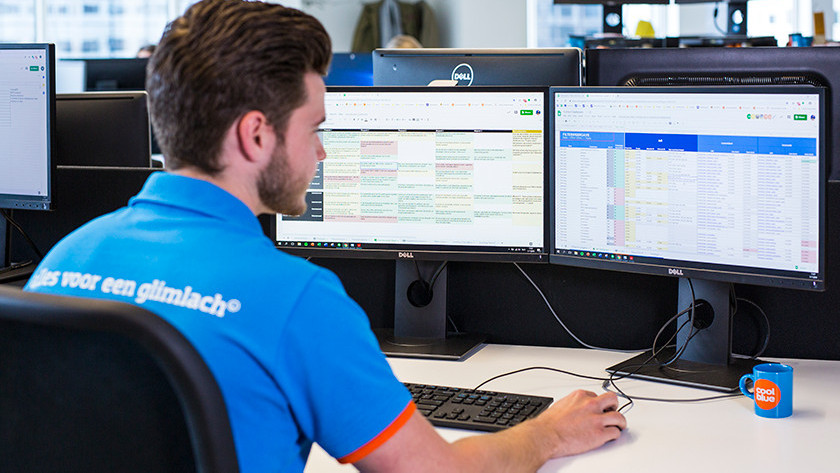
More room for windows
Due to the small size of a laptop, you can open fewer windows and tabs side by side. These windows won't be clearly readable and you'll have to choose which on you want to display larger. On a monitor, you'll have more room for this. A 27-inch monitor has enough room for 3 tabs or windows side by side. That way, you don't have to switch as often and you can work in an organized way.

Better watching experience and ergonomics
A larger screen automatically provides a better watching experience. You'll see more of the movie or game, which is also better for your eyes. On a smaller screen, your eyes have to focus more. This can cause strained eyes. On a larger screen, you won't have this problem. That's because the monitor takes up more of your field of view.
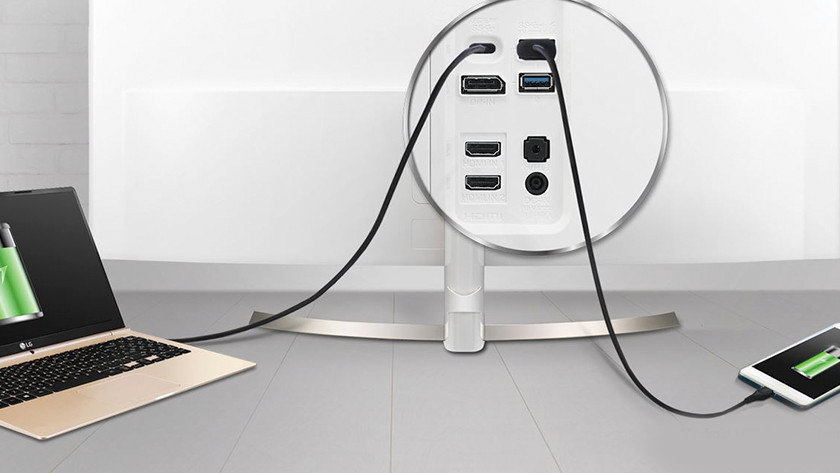
Charge during work
During your working day, the battery of your laptop slowly runs out. A monitor with Power Delivery easily solves this problem. You connect the laptop to the monitor via a USB-C cable, that's all. A monitor with at least 65W of Power Delivery is often enough. Remember that you laptop needs to have a USB-C port, or that you need an adapter. Otherwise it won't work.
Other advantages of a monitor next to your laptop
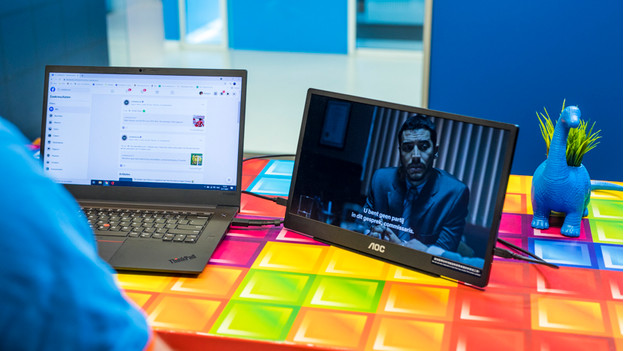
In addition to a larger screen and better conditions for your eyes, a monitor has more advantages. When you give a presentation, for example. Mirror the image of your laptop on your monitor and have people watch 2 screens at the same time. Do you want to present something during a video call? Open this on the monitor and make the video call via the laptop. That way, you'll see everything better instead of on a smaller screen in the call. This is also useful when you're watching a movie or series. Open it on one screen and keep your socials up to date on the other.
What should you keep in mind when choosing a monitor?

Before you buy a monitor, it's important to consider a couple of things. Your laptop and monitor need to have a matching port. If your laptop only has an HDMI port, choose a monitor with an HDMI port. Also, think about the type of monitor. If you choose a monitor for on your desk, make sure it's the right size. Or, choose a portable monitor if you're on the go a lot and don't have a fixed workplace, for example. In this article, we're happy to help you on your way.
How do you connect a monitor to your laptop or MacBook?
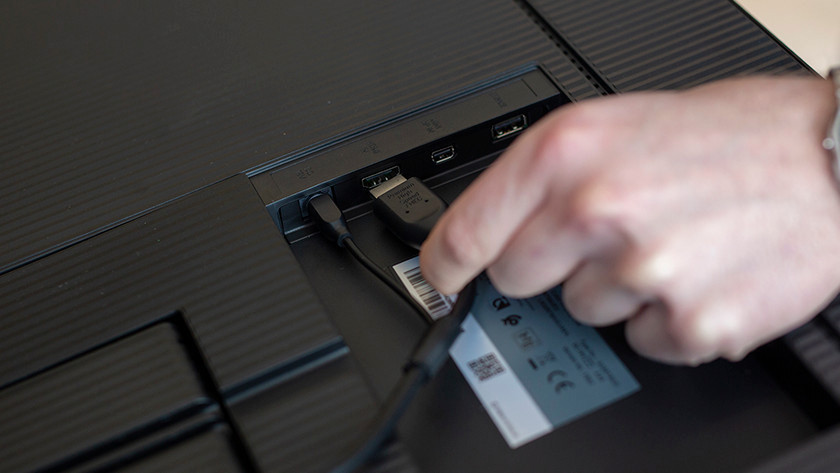
Windows laptop
If you want to connect a Windows laptop to a monitor, check the available ports first. Your choice party depends on your usage situation. That's why we've listed the 3 most common ports:
- HDMI: general connector, useful for any situation.
- DisplayPort: best choice for gaming.
- USB-C: best choice for a business setup.
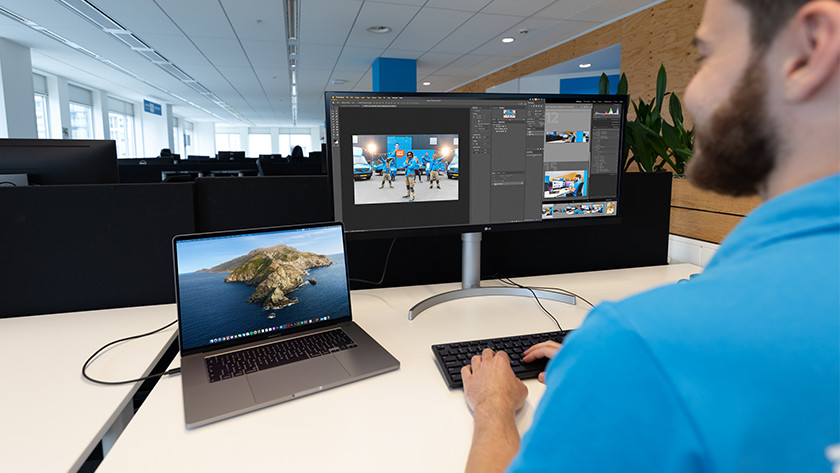
Apple MacBook
Before you buy a monitor, it's useful to know which type of MacBook you have. You can find this via the "About this Mac" menu at the top left or via the serial number of your MacBook. In terms of connectors, you can choose from the following ports:
- Thunderbolt 3: oval port, occurs on the MacBook Pro from 2016 and MacBook Air from 2018.
- Thunderbolt 2: rectangular port, occurs on the MacBook Pro from 2016 and MacBook Air from 2018.
- USB-C: oval port, occurs on the 12-inch MacBook between 2015 and 2017, just like the Thunderbolt 3.


